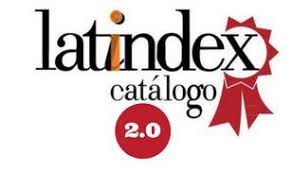Landscapes of maritime-coastal complexity: Territorial actors, dynamics and scenarios in the Quinchao district, Chiloé Island
Keywords:
landscapes, cultural and social anthropology, ethnography, human geographyAbstract
This paper explores the emergence of socio-territorial landscapes in a specific contextual setting: the interior sea of Chiloé (Gulf of Corcovado and Gulf of Ancud) and more specifically, the archipelago in the Quinchao District. Using a theoretical model that includes reflections and ideas from various disciplines of knowledge (philosophy, social ecology, anthropology and geography) brought together under four theoretical concepts (Complexity, Subsistence Strategies, Ways of Inhabiting and Landscapes), it attempts to answer the following question: What landscapes emerge in the Quinchao District, Chiloé Island, from the changes experienced/perceived in subsistence strategies and ways of inhabiting?
Strategically, the authors have decided to operate on the basis of specific reference units and focus on some forms of socioenvironmental interaction as referents of human activity on space, such as traditional activities in the Areas of Management and Exploitation of Benthic Resources (AMERB’s) and in the salmon aquaculture industry.
The main objective of this work is to elucidate processes of construction of maritime-coastal landscapes by investigating two hypotheses:
i) there are territorial emergencies in socio-spatial relations due to the establishment of the salmon industry that update subsistence strategy options and ways of inhabiting;
ii) there are fundamental elements in the construction of landscapes that are closely linked to the process of “afford” or enaction, which make it possible to recognize the environment´s different identities.
Downloads
Downloads
Published
How to Cite
Issue
Section
License
The content of articles which are published in each edition of Habitat Sustentable, is the exclusive responsibility of the author(s) and does not necessarily represent the thinking or compromise the opinion of University of the Bio-Bio.
The author(s) conserve their copyright and guarantee to the journal, the right of first publication of their work. This will simultaneously be subject to the Creative Commons Recognition License CC BY-SA, which allows others to share-copy, transform or create new materials from this work for non-commercial purposes, as long as they recognize authorship and the first publication in this journal, and its new creations are under a license with the same terms.![]()























